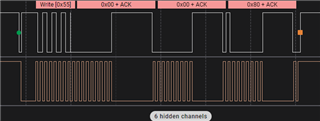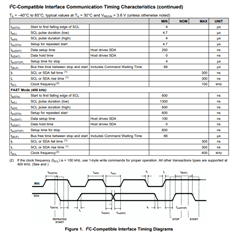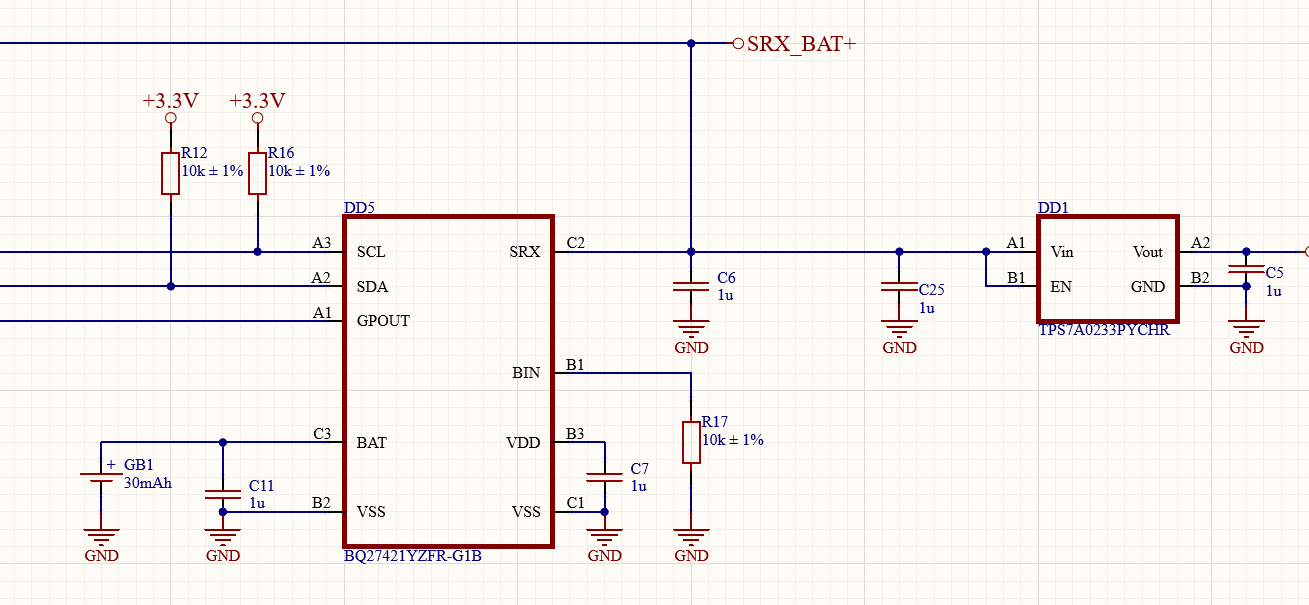Other Parts Discussed in Thread: EV2400
Tool/software:
Hello!
I am writing firmware for the NRF52832 controller with Nordic SDK. In general, much already works, but some problems have arisen.
I have implemented and tested command input via control (reading statuses and flags, reset commands, BAT_INSERT command, etc.). But for some reason, the sealing and unsealing commands via control do not work. I managed to seal via memory access(UPDATE_STATUS |= 0x80). After that, I cannot unseal the device via control. What can I provide to better describe the situation? What should I pay attention to?
The default value of the unsealing key was checked. The unsealing command is sent twice in two multibyte transactions (and single ones were also checked).
Is it important in what state the training cycle is carried out (sealed or unsealed)?
How good is this monitor for systems with a 30mAh battery and an average current of 20-100μA? I noticed that the units are "mA" and there is nothing for "μA".
Best regards!










